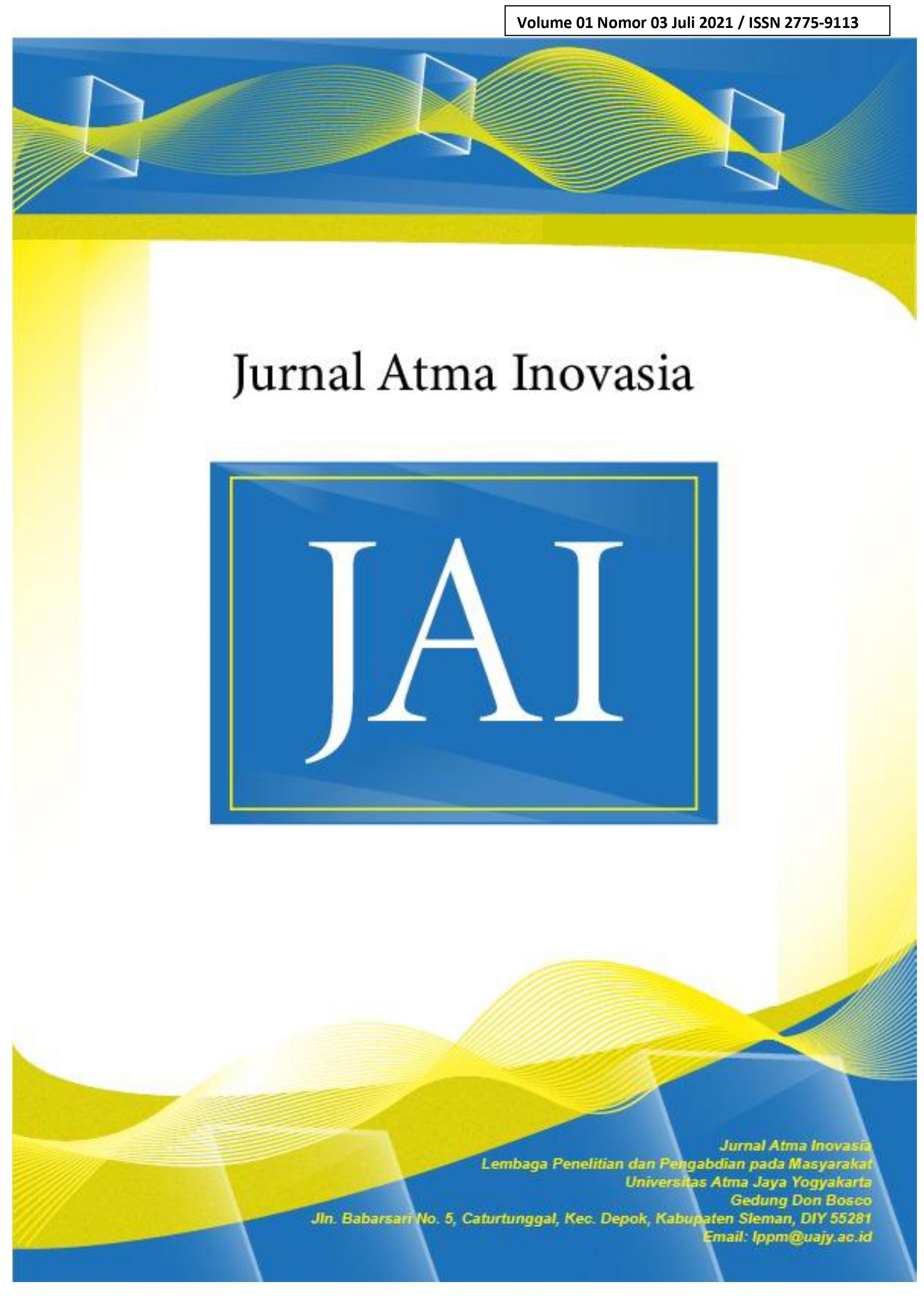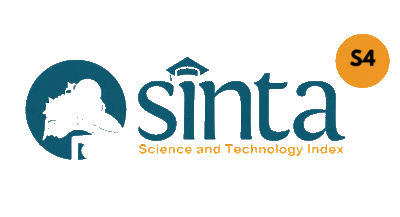Pengembangan Potensi Desa dan Mie Jagung (Zea mays) di Desa Karangasem, Paliyan, Gunung Kidul
DOI:
https://doi.org/10.24002/jai.v1i3.3946Keywords:
Community Service, Village Potentialion in higher education. This service program chose Karangasem Village, Paliyan District, Gunungkidul Regency to provide innovation to develop the potential that exists in the village through a worAbstract
Community service is one of the goals of researcher education in higher education. This service program chose Karangasem Village, Paliyan District, Gunungkidul Regency to provide innovation to develop the potential that exists in the village through a work program carried out by researchers. The method used in this research is observation through the official village website and also with the documentation method through taking pictures and videos because the situation does not allow it to come to the field. The result of this research is that researchers can provide product innovation in the form of corn noodles that can be developed by the village community into a product that is more value-added and can be traded. In addition, it also explores the potentials that exist in the village in the form of nature and culture so that it can be developed. With this program, researchers can apply the knowledge they have learned by providing community service.
References
A. Amiroh, “Peningkatan Pertumbuhan dan Produksi Padi (Oryza sativa L.) Melalui Aplikasi Sistem Tanam Jajar Legowo dan Macam Varietas,” AGRORADIX J. Ilmu Pertan., vol. 1, no. 2, pp. 52–62, 2018.
M. F. Tamba, E. Maharani, and S. Edwina, “Analisis Pendapatan Usahatani Padi Sawah dengan Metode SRI (System of Rice Intensification) di Desa Empat Balai Kecamatan Kuok Kabupaten Kampar,” J. Japan Prosthodont. Soc., vol. 13, no. 2, pp. 11–22, 2017.
U. Hasanah, E. P. Hadi, and A. Hidayah, “Keanekaragaman dan Pemanfaatan Ubi-Ubian sebagai Alternatif Tanaman Pangan di Kecamatan Bantarkawung Kabupaten Brebes Diversity and uses of Tubers as Alternative Food Sources in Bantarkawung Brebes Regency,” Biosfera, vol. 31, no. 2, pp. 61–70, 2014.
S. Sumanto and S. Sukamti, “Keragaman Jenis dan Model Produk Home Industry Kerajinan Tangan sebagai Sumber Belajar di Sekolah Dasar,” Sekol. Dasar Kaji. Teor. dan Prakt. Pendidik., vol. 27, no. 1, pp. 49–58, 2018, doi: 10.17977/um009v27i12018p049.
D. Mahzuni, M. Muhzin, and A. Septiani, “Pengembangan Kerajinan Tangan Berbasis Kearifan Budaya di Pakenjeng Kabupaten Garut,” J. Apl. Ipteks untuk Masy., vol. 6, no. 2, pp. 101–105, 2017.
T. Linawati, “Upacara Rasulan sebagai Atraksi Wisata Budaya di Kabupaten Gunung Kidul,” Domest. Case Study, vol. 3, no. 1, pp. 1–8, 2019, doi: 10.31219/osf.io/hrm3y.
C. N. Ramadhani and F. Rahman, “Desain Buku Informasi Wayang Ukur sebagai Wujud Pembaharuan Seni Pewayangan Yogyakarta,” Vis. Herit. J. Kreasi Seni dan Budaya, vol. 1, no. 02, pp. 117–122, 2019, doi: 10.30998/vh.v1i02.25.
A. Billina, S. Waluyo, and D. Suhandy, “Kajian Sifat Fisik Mie Basah dengan Penambahan Rumput Laut,” J. Tek. Pertan. Lampung, vol. 4, no. 2, pp. 109–116, 2014.
Z. Effendi, F. E. D. Surawan, and Y. Sulastri, “Sifat Fisik Mie Basah Berbahan Dasar Tepung Komposit Kentang dan Tapioka,” Agroindustri, vol. 6, no. 2, pp. 57–64, 2016.
I. Pasta, A. Ette, and H. N. Barus, “Tanggap Pertumbuhan Dan Hasil Tanaman Jagung Manis (Zea mays L. Saccharat,” Agrotekbis, vol. 3, no. April, pp. 168–177, 2015.
A. Wahyudin, R. Ruminta, and S. A. Nursaripah, “Pertumbuhan dan hasil tanaman jagung (Zea mays L.) toleran herbisida akibat pemberian berbagai dosis herbisida kalium glifosat,” Kultivasi, vol. 15, no. 2, pp. 86–91, 2017, doi: 10.24198/kultivasi.v15i2.11867.
R. Ekafitri, “Teknologi Pengolahan Mie Jagung :,” vol. 19, no. 3, pp. 283–293, 2010.
Downloads
Published
Issue
Section
License
Copyright (c) 2021 Zeny Ernaningsih

This work is licensed under a Creative Commons Attribution-ShareAlike 4.0 International License.










